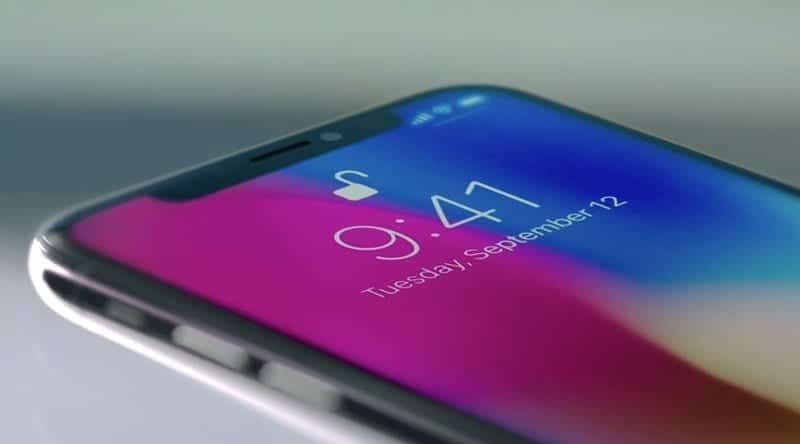The Apple iPhone X was a milestone for the Cupertino company’s smartphones in many ways. Not only has it brought us a revamped design as well as a new form of biometric authentication. Indeed, Apple has decided to give up Touch ID altogether to give us Face ID.
In the iPhone X, we saw an almost complete reduction of the borders of the smartphone. In this sense, it was necessary to remove the physical home button of the equipment and, consequently, the Touch ID.
To bridge this gap, Apple gave us facial recognition Face ID. This distinguishes itself from many proposals in the Android world by making a 3D mapping of the user’s face. On the other hand, many Android smartphones simply use the front camera to authenticate their users.
Apple iPhone with Face ID and Touch ID could happen in the future
Of course, many users will still not feel totally comfortable with Face ID. Many of them prefer the Touch ID to facial recognition, but the way things are currently is not right when, nor whether, such technology will return to the iPhone.
However, Apple has been studying ways to bring the fingerprint reader back to its smartphones. It is not the first time that the subject is spoken, being mentioned that the most probable is that this happens when the company of Cupertino succeeds inlining this component in the screen.
In case the American wants to resuscitate the fingerprint reader, that’s a new approach. According to a new patent submitted in Europe, in the future, Apple may develop an iPhone that has both Face ID and Touch ID.
However, the patent in question gives a certain primacy to the Face ID system. Therefore, the major focus of Apple’s argument for this patent lies in the fallibility of its facial recognition system.
The Touch ID is only referred to in the event that facial recognition authentication fails. In this scenario the user would have the fingerprint reader available for authentication. Therefore, it is not mentioned where the Touch ID would be located, not even if it could be used as the preferred unlock method.
In short, it is just another patent submitted by Apple that does not require it to adopt such technology. In this way, the Cupertino company safeguards a possible idea for a future iPhone without any promises to be effectively implemented.

